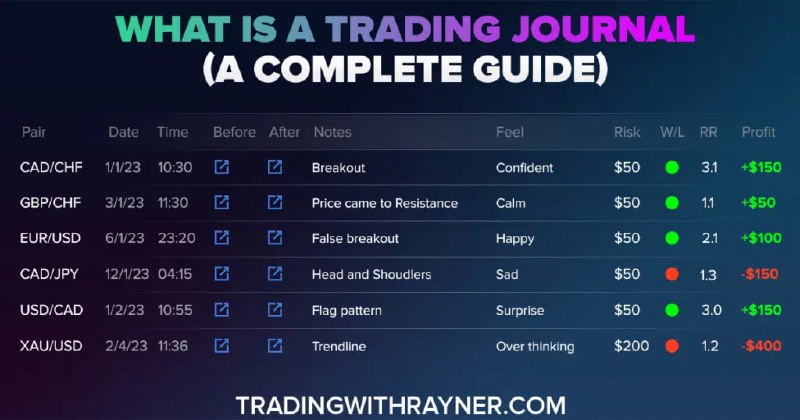2023-10-31 04:00:48
[This is the most important technical level one the chart]
Here are a few reasons why…
Reason #1: Losing traders hoping to get out at breakeven
Multi-year highs represent extreme optimism in the markets because most traders (and investors) are in profits.
But as you know, the price cannot go up forever. Eventually, it has to retrace or reverse altogether.
When that happens, many traders will exit their long trades.
However, not everyone will do the same. Some will continue holding, hoping the price could breakout higher to give them even more profits.
But when the market collapses even lower, they’ll regret not selling earlier as their open profits have been eroded and they are now sitting on their losses. They hope the market could re-test the highs so they can get out of their trades at breakeven.
Reason #2: Bearish traders looking to short the markets
For bearish traders, multi-year highs present an opportunity to short the market at a “high price” because they can reference the highs to set their stop loss.
So as the price approaches multi-year highs, the short interest from bearish traders will increase.
Reason #3: Momentum traders looking to buy breakouts
Momentum traders buy breakouts as the price moves above a certain level. It could be breakouts of a range, swing high, resistance, etc.
But what’s interesting is if the price breaks out of multi-year highs, it’ll attract attention from traders across different timeframes.
That’s because whether you’re a day trader, swing trader, long-term trader, etc. the multi-year highs will be something visible on your timeframe (and charts).
Now, whether you’re bullish or bearish, multi-year high is a significant level for traders.
If you’re bearish, then you can reference it to set your stop loss above the highs.
If you’re bullish, then you can look to buy the breakout and have your stops below the previous multi-year highs (anticipating that it could become previous resistance turned support).
(And vice versa for multi-year low.)
14.7K views01:00




